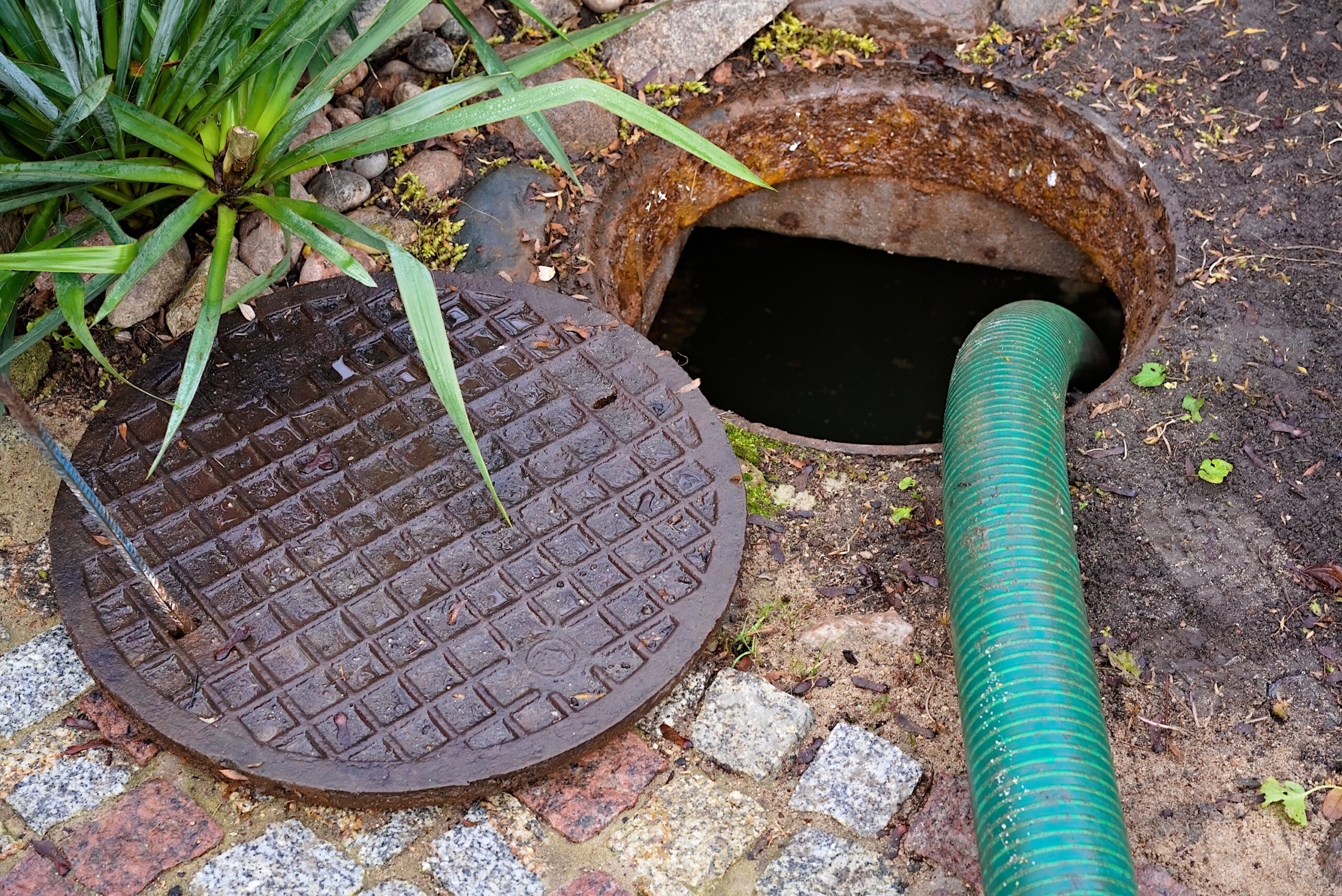Residents in Gloucester County, New Jersey, are discovering firsthand the high cost of septic system failure. Numerous homes built between 2000 and the present were constructed with chamber-type septic drain fields as an alternative to traditional pipe and gravel drain field systems. Although these chamber systems were approved by both the state of New Jersey and the Gloucester County health departments, they are already showing signs of failure. As a result, homeowners are facing replacement costs of $10,000 or more to replace these failed tank and drain field systems. Pumping and other temporary measures may provide breathing room for some residents of the area, but the cost of these failed systems in environmental damage and replacement expenses is likely to be felt within the community for years to come.
Traditional and chamber septic drain fields
Most septic systems incorporate drain fields constructed from a series of pipes and gravel-filled trenches. Located on a downward slope from the septic tank, these drain fields receive water through the distribution box located between the tank and the troughs and perforated pipes that comprise the drain field. That water is then slowly filtered through gravel and assimilated back into the ground where it eventually reaches the natural water table. Chamber systems, by contrast, use a plastic container that encloses the area and allows drainage through the bottom with no intervening gravel layer. Depending on the quantity of water used in the household and the type of soil in the drain field area, both types of drain fields can eventually fail; however, the chamber systems used in the Gloucester County homes are showing signs of deterioration far earlier than is generally expected.
Patches of green
Many Gloucester County residences have developed patches of lush dark green grass over their drain fields. These areas of increased plant growth are one of the most common signs of septic system problems and are caused by the leakage of unremediated wastewater from the drain field area. The nutrients contained in that water are absorbed by the root systems of the lawn and provide an added boost of color and luxuriant growth in the area of the drain field system. Improved purification of the wastewater before it leaves the septic tank can often help prevent these tell-tale signs of septic system failure and can reduce the load on the drain field, extending its useful life for cash-strapped homeowners.
Aerobic systems can boost the efficiency of wastewater remediation within the septic tank by creating a favorable environment for aerobic bacteria. These beneficial micro-organisms can consume up to 30 times more organic waste than their anaerobic counterparts. Installing a septic aerator like those offered by Aero-Stream can often provide added purifying power for the processes inside the tank. In many cases, the added efficiency of an aerobic septic system can slow or even reverse the failure of overstressed and overworked drain fields to help homeowners avoid the high cost of replacing these vital household systems.
For more information about septic systems and septic tank problems please visit www.aero-stream.com.











